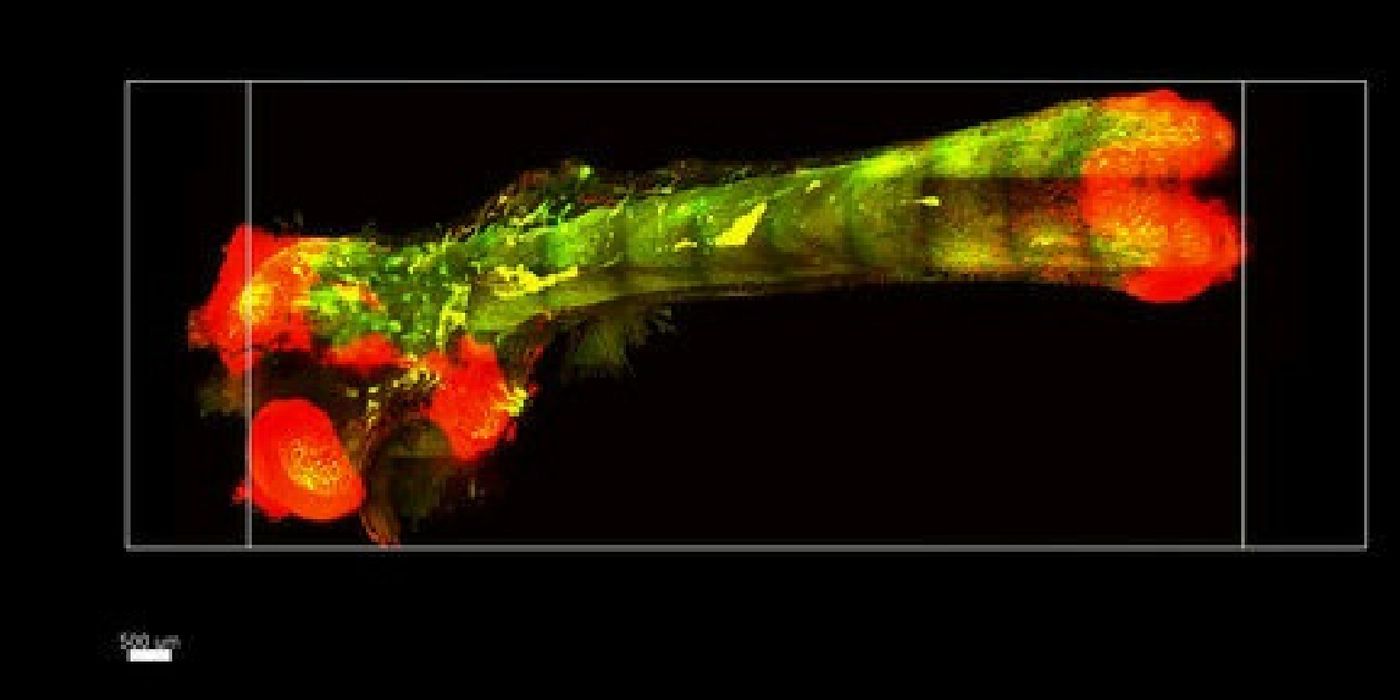Scientists have developed a new method to make bones transparent. The technique, they say, will enable researchers to better understand bone biology as well as treat bone-related diseases, like osteoporosis.
The technique of making bones transparent is called Bone CLARITY, short for Clear Lipid-exchanged Acrylamide-hybridized Rigid Imaging/Immunostaining/In situ hybridization–compatible Tissue hYdrogel.
The team at the California Institute of Technology adapted CLARITY to bones by removing the calcium and washing away other components, like blood and fat, that typically make bones opaque. To keep the bone from turning into an indistinguishable gelatinous blob, the team used a hydrogel to maintain the bone’s structure. The process of making bones transparent is not an overnight job - it takes 28 days of constant chemical infusion and agitation.
But it’s worth the wait, say the researchers. Transparent bones can answer many questions about bone formation, some of which are crucial to treating fractures and even osteoporosis.
"Because of the sparsity of the stem cell population in the bone, it is challenging to extrapolate their numbers and positions from just a few slices of bone," says Alon Greenbaum, the co-first author of the study. "Additionally, slicing into bone causes deterioration and loses the complex and three-dimensional environment of the stem cell inside the bone. So there is a need to see inside intact tissue."
So far the Caltech team has been successful at transforming several mouse bones, including the femur, tibia, and bones in the vertebral column. A light-sheet microscope was built to visualize the clarity of these bones. Red fluorescent signals inside represent the bone stem cell population that have previously been difficult to pinpoint inside opaque bones.
Using what they learned about the stem cell population in transparent bones, the Caltech team collaborated with Amgen, a biotechnology company, to test a new compound that supposedly increased bone mass. "We saw that indeed there was an increase in stem cells with this drug," said Ken Chan, the study’s other co-first author. "Monitoring stem cell responses to these kinds of drugs is crucial because early increases in proliferation are expected while new bone is being built, but long-term proliferation can lead to cancer."
The caveat of this technique is its limitations to mouse bone tissues so far. Large human bones would require new modifications and a longer period of incubation in the chemicals.
Additional source: Popular Science









